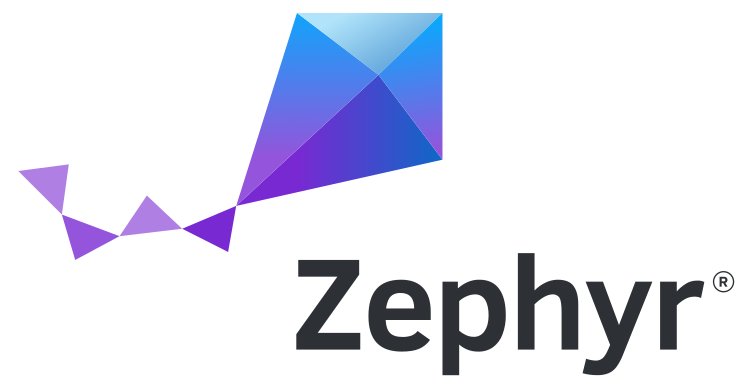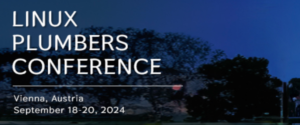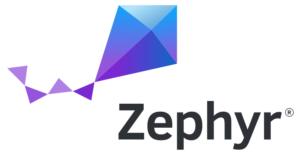 Linux 6.10 was released last Sunday, following its now well-known release cadence. As usual, head over to LWN.net to have some good summary of the important features merged in this kernel release: part 1 and part 2.
Linux 6.10 was released last Sunday, following its now well-known release cadence. As usual, head over to LWN.net to have some good summary of the important features merged in this kernel release: part 1 and part 2.
LWN also published an article on statistics of the 6.10 release cycle, and Bootlin shows up in the most active employers by changed lines, with 7746 lines changed by Bootlin engineers. According to ths Kernel Patch Statistics site, we contributed 110 changes, putting us as the 19th contributing company (counting “Unknown” and “Hobbyists” as companies).
Also, in addition to the 110 patches we contributed, some of our engineers are also maintainers of different subsystems, and as such they review/merge patches contributed by others:
- Alexandre Belloni reviewed/merged 19 patches for the I3C and RTC subsystems which he maintains
- Grégory Clement reviewed/merged 14 patches for the Marvell ARM and ARM64 platforms that he maintains
- Miquèl Raynal reviewed/merged 12 patches for the MTD subsystem, which he co-maintains
Continue reading “Linux 6.10 released, Bootlin contributions inside”





